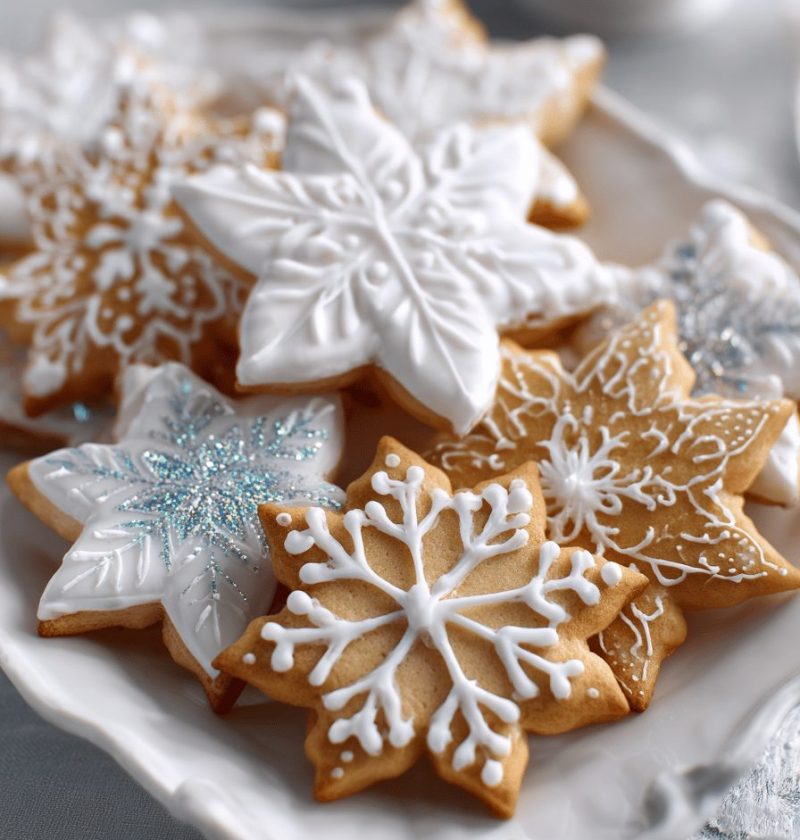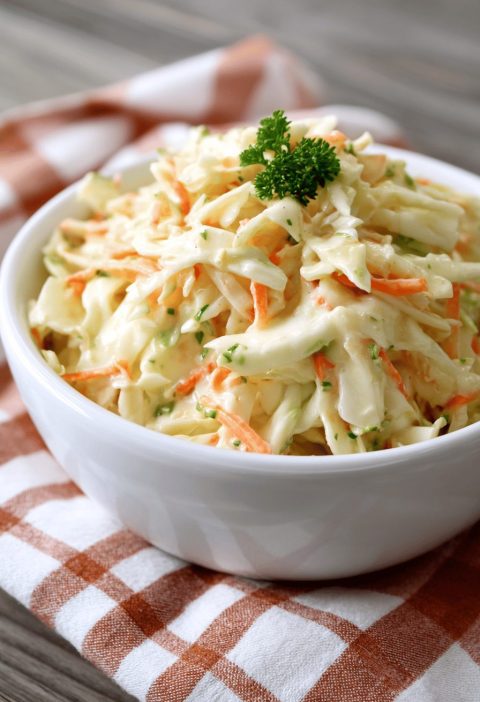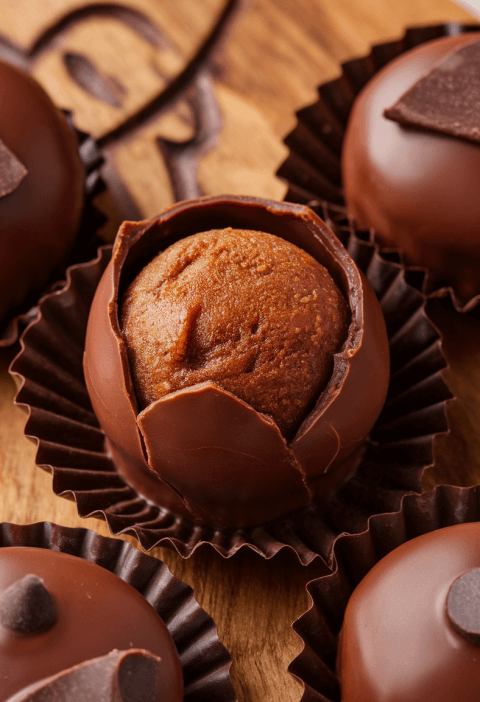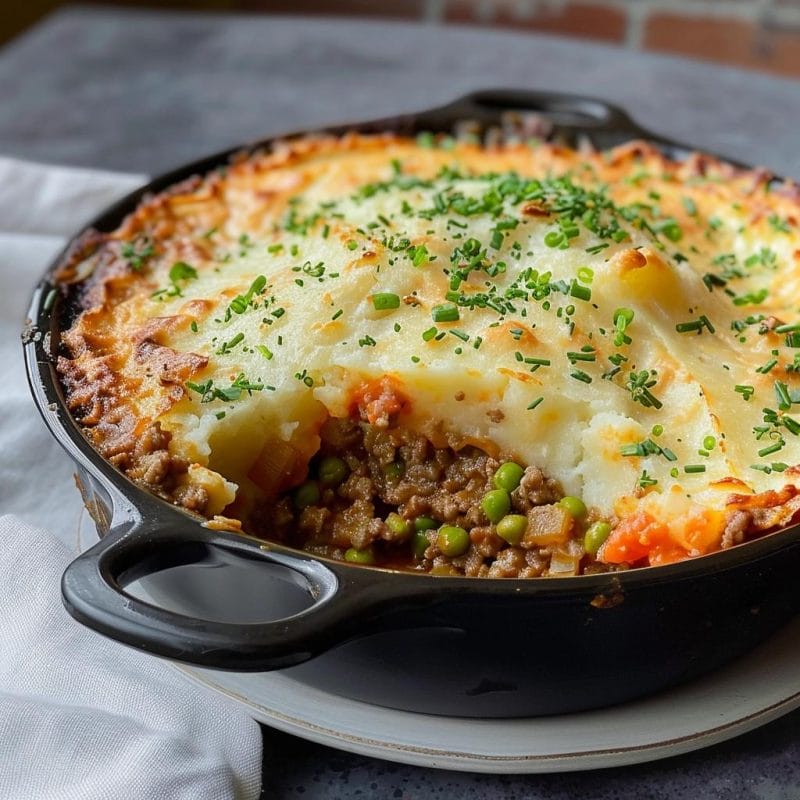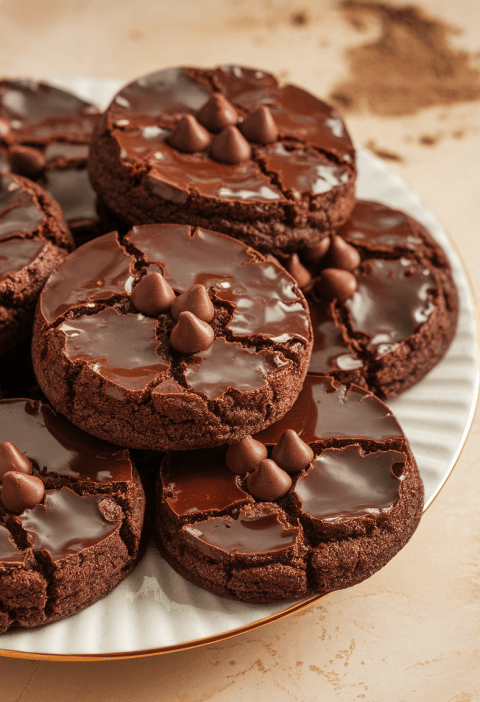Would you like to save this?
Sweet, glossy, and perfect for cookie decorating or cake decoration—this Royal Icing Recipe transforms simple sugar and egg white into edible art.
A smooth blend of pure sugar and whipped egg white, royal icing brings that signature crisp shell and vibrant hue to holiday cookies, wedding cakes, or birthday treats. I first fell for this frosting back when my kids were little—sticky fingers and all—experimenting in Grandma’s sunlit kitchen. It’s seasonal magic for Valentine’s hearts, Easter bunnies, or gingerbread houses come December. And here’s the thing: with just a handful of pantry staples, you’ll get piping consistency that rivals pros, no fancy tools required.
Why You’ll Love This Recipe
- No-fuss ingredients—just powdered sugar, egg whites, and a splash of vanilla
- Whips up in under 10 minutes, giving you more time for cookie decorating
- Dries hard for stackable cookies or sturdy cake decorations
- Edible art made easy—smooth finish perfect for writing or detailed piping
- Egg-white-based frosted sugar glaze is lighter than buttercream
- Customizable colors—add gel food coloring for bold or pastel shades
- Freezer-friendly once hardened (yes, really!)
- Allergy-friendly tip: swap egg whites for meringue powder for a vegan twist
Ingredients
• 4 cups (500 g) sifted powdered sugar (King Arthur or Domino brand recommended)
• 2 large egg whites, room temperature (or ¼ cup meringue powder + ¼ cup water)
• 1 teaspoon pure vanilla extract (for clear icing, use clear vanilla)
• ½ teaspoon cream of tartar (stabilizes your frosting)
• Gel food coloring, as desired (AmeriColor or Wilton brands hold up best)
Tips:
– Sift sugar twice if it’s clumpy; texture matters for smooth piping.
– Let egg whites sit out 15 minutes to reach room temp—whips up fluffier.
– For a dairy-free version, replace cream of tartar with a pinch of citric acid.
Directions
- Whip egg whites and cream of tartar: In a clean, grease-free bowl, beat egg whites on medium speed until foamy—use a stand mixer or hand mixer.
- Add sugar gradually: With mixer on low, sift in powdered sugar one cup at a time; this avoids clouds of fine sugar and keeps your beaters happy.
- Increase speed: Once sugar is mostly incorporated, bump mixer to high for 3–4 minutes until glossy peaks form.
- Flavor and thin: Mix in vanilla extract, then test consistency by lifting a spoon—thick ribbons should fall back smoothly. For flooding thinner icing, add drops of warm water (½ teaspoon at a time).
- Color it: Divide icing into small bowls, stir in gel coloring till you reach your desired shade—little goes a long way.
- Pipe or flood: Transfer to piping bags fitted with tips (#1 or #2 for lines, #4 for details). For flooding cookies, outline first, let crust, then fill in.
Tip: If your icing stiffens, add a few drops of water and stir; too runny? Whisk in a spoonful of sugar.
Servings & Timing
Makes enough to decorate about 24–30 standard sugar cookies.
Prep Time: 10 minutes (plus 15 minutes for egg whites to warm)
Total Time: 10–15 minutes active; icing sets in 2–4 hours at room temperature (overnight if humid).
Variations
- Chocolate Royal Icing: Stir in 1–2 tablespoons cocoa powder for a mocha hue.
- Citrus Zest Twist: Add ½ teaspoon lemon or orange zest for a bright zing.
- Vegan Meringue Icing: Use aquafaba instead of egg whites, whipped with cream of tartar.
- Almond-Amaretto Flavor: Swap vanilla for almond extract and a splash of amaretto liqueur.
- Pastel Ombre Effect: Tint three icing batches in graduated shades for a watercolor look.
Storage & Reheating
Store hardened icing cookies in an airtight container at room temperature for up to 2 weeks.
For icing leftovers, keep in a sealed jar in the fridge up to 5 days; stir before use and let warm slightly so piping consistency returns.
You can freeze undecorated cookies or hardened treats (wrapped well) for up to 3 months—thaw at room temp overnight.
Notes
You know what? At first, my icing was too soft, and details blurred—lesson learned: patience matters. Let outlines crust before flooding. I found that superfine sugar (sometimes labeled “10Xâ€) gives an ultra-smooth finish. And if you crave extra stiffness for 3D piping, reduce water by a teaspoon.
FAQs
Q: Can I use pasteurized egg whites?
A: Absolutely—pasteurized whites work great and cut any food-safety worries.
Q: Why is my icing grainy?
A: Likely sugar lumps—sift thoroughly or use a fine-mesh sieve for best results.
Q: How do I store leftover icing?
A: Seal in an airtight container, press plastic wrap on the surface, chill up to 5 days, then stir before using.
Q: My icing cracked—what happened?
A: It dried too fast; try covering containers with a damp towel or plastic wrap to retain moisture.
Q: Can I double the recipe?
A: Sure! Just beat egg whites first, then slowly add 8 cups sugar, adjusting thinning water as needed.
Q: What’s the best tip for smooth coloring?
A: Use gel food color—liquid dyes thin your icing too much.
Q: Is cream of tartar necessary?
A: It helps stabilize peaks; you can swap a pinch of citric acid or leave it out—your frosting may be softer.
Q: How do I fix lumpy icing?
A: A quick whisk or a hand blender pulse smooths it right out.
Conclusion
This Royal Icing Recipe brings simple sugar and egg white together to create crisp, dreamy frosting for your cookie decorating and cake decoration adventures. Give it a whirl—whether you’re crafting holiday gingerbread or birthday masterpieces, you’ll love that professional sheen and sturdy finish. Drop a comment, share your piping masterpieces, or hop over to my Sugar Cookie Base Recipe for more baking fun!
Royal Icing Recipe
Sweet, glossy, and perfect for cookie decorating or cake decoration—this Royal Icing Recipe transforms simple sugar and egg white into edible art.
- 4 cups powdered sugar (sifted (King Arthur or Domino brand recommended))
- 2 large egg whites (room temperature (or ¼ cup meringue powder + ¼ cup water))
- 1 teaspoon vanilla extract ((for clear icing, use clear vanilla))
- 1/2 teaspoon cream of tartar ((stabilizes your frosting))
- gel food coloring ((as desired, AmeriColor or Wilton brands recommended))
- In a clean, grease-free bowl, beat egg whites on medium speed until foamy—use a stand mixer or hand mixer.
- With mixer on low, sift in powdered sugar one cup at a time; this avoids clouds of fine sugar and keeps your beaters happy.
- Once sugar is mostly incorporated, bump mixer to high for 3–4 minutes until glossy peaks form.
- Mix in vanilla extract, then test consistency by lifting a spoon—thick ribbons should fall back smoothly. For flooding thinner icing, add drops of warm water (½ teaspoon at a time).
- Divide icing into small bowls, stir in gel coloring till you reach your desired shade—little goes a long way.
- Transfer to piping bags fitted with tips (#1 or #2 for lines, #4 for details). For flooding cookies, outline first, let crust, then fill in.
Sift sugar twice if it’s clumpy; texture matters for smooth piping. Let egg whites sit out 15 minutes to reach room temp—whips up fluffier. For a dairy-free version, replace cream of tartar with a pinch of citric acid.

